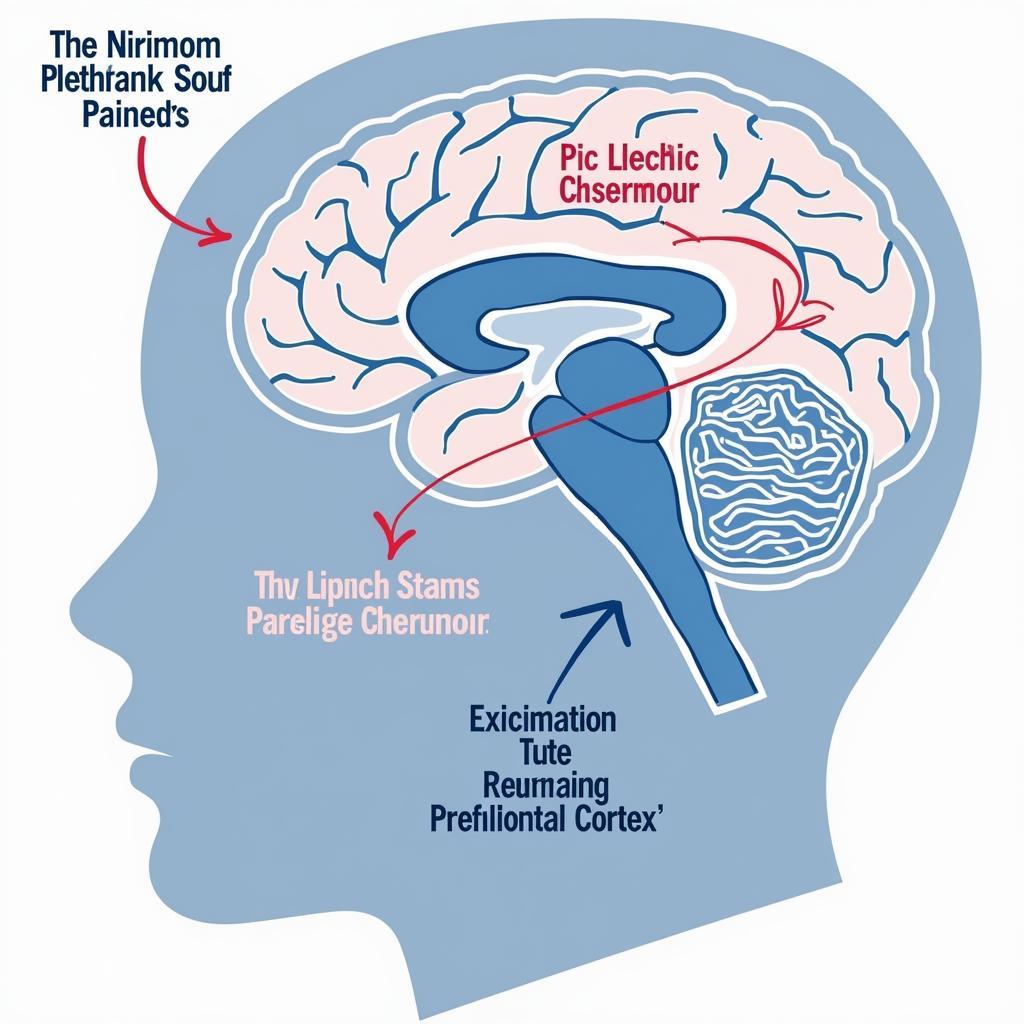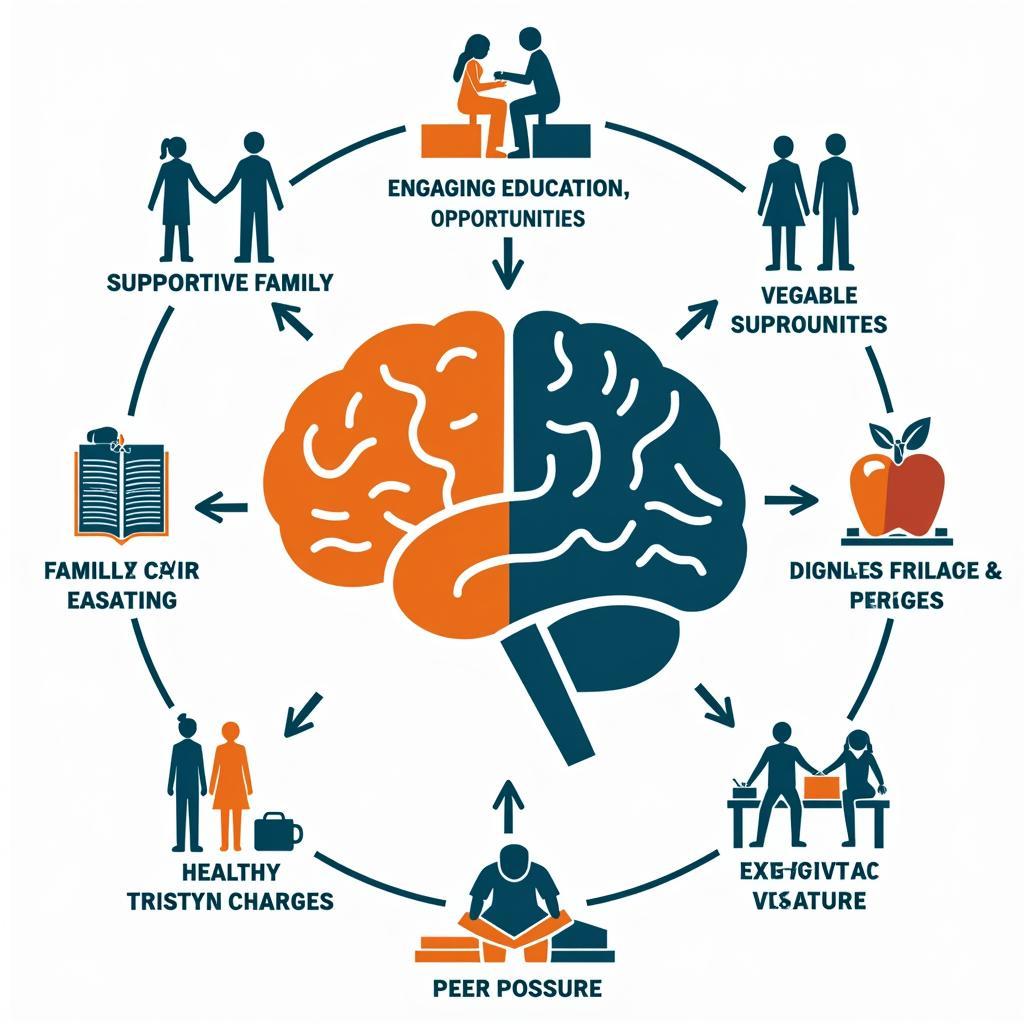Teenage brains are malleable and vulnerable, researchers say, highlighting a period of rapid development and significant change. This malleability, while offering immense potential for learning and growth, also presents unique vulnerabilities to external influences and stressors. Understanding these intricacies is crucial for parents, educators, and policymakers alike.
The Shaping of a Teenage Brain: Malleability and Vulnerability
The teenage years are a time of profound transformation, not just physically, but also within the complex architecture of the brain. This period, often characterized by mood swings and impulsive behavior, is driven by significant neurological restructuring. This malleability, the brain’s capacity to be shaped and molded, is what allows teenagers to acquire new skills and knowledge at an astonishing rate. However, this same plasticity also makes them more susceptible to negative influences, including peer pressure, substance abuse, and mental health challenges.
This period of heightened vulnerability arises from the asynchronous development of different brain regions. The limbic system, responsible for emotional processing, matures earlier than the prefrontal cortex, the area associated with planning, decision-making, and impulse control. This imbalance can explain why teenagers sometimes struggle with emotional regulation and engage in risky behaviors. They are driven by immediate rewards and are less equipped to consider long-term consequences.
 Teenage Brain Development: Limbic System vs. Prefrontal Cortex
Teenage Brain Development: Limbic System vs. Prefrontal Cortex
How Experiences Shape the Teenage Brain
The malleability of teenage brains underscores the profound impact of experiences during this critical period. Positive experiences, such as supportive relationships, engaging learning environments, and opportunities for creative expression, can foster resilience and promote healthy development. Conversely, negative experiences, including trauma, neglect, or exposure to violence, can have lasting detrimental effects on brain structure and function.
Research has shown that chronic stress during adolescence can alter the development of neural pathways, potentially increasing the risk of anxiety, depression, and other mental health disorders later in life. Furthermore, exposure to addictive substances during this period can have a particularly potent impact, as the developing brain is more susceptible to the rewiring effects of drugs and alcohol.
 Environmental Influences on Teenage Brain Development
Environmental Influences on Teenage Brain Development
Navigating the Challenges and Opportunities of Teenage Brain Development
Understanding the unique vulnerabilities and opportunities of the teenage brain is essential for creating supportive environments that foster healthy development. Parents and educators can play a crucial role in providing guidance, setting boundaries, and encouraging positive coping mechanisms.
Dr. Emily Carter, a developmental psychologist specializing in adolescence, emphasizes the importance of open communication. “Creating a safe space for teenagers to express their emotions and concerns without judgment is crucial,” she explains. “This allows them to develop healthy emotional regulation skills and build resilience.”
Furthermore, providing teenagers with opportunities to engage in activities that stimulate their interests and foster their talents can promote positive brain development and build self-esteem. Dr. Carter adds, “Encouraging exploration and providing opportunities for growth can help teenagers discover their passions and build a strong sense of self.”
 Supporting Teenage Brain Development Through Positive Engagement
Supporting Teenage Brain Development Through Positive Engagement
Conclusion
Teenage brains are indeed malleable and vulnerable, researchers confirm. This period of rapid development presents both challenges and immense opportunities. By understanding the intricacies of the adolescent brain, we can create environments that foster resilience, promote healthy development, and empower teenagers to thrive. Remember, nurturing and supporting teenagers during this crucial period can have a profound and lasting impact on their future well-being.
FAQs
-
What does it mean that teenage brains are malleable? It means their brains are highly adaptable and capable of significant change in structure and function.
-
Why are teenage brains vulnerable? This vulnerability stems from the asynchronous development of different brain regions, particularly the limbic system and prefrontal cortex.
-
How can parents support healthy teenage brain development? Open communication, setting clear boundaries, and providing opportunities for positive engagement are key.
-
What are the long-term consequences of negative experiences during adolescence? Negative experiences can increase the risk of mental health disorders and addiction later in life.
-
How can schools contribute to positive teenage brain development? Creating supportive learning environments and providing access to mental health resources are crucial.
-
What are some examples of positive experiences that can benefit teenage brains? Supportive relationships, engaging learning experiences, and creative expression can all contribute to healthy development.
-
What is the role of the prefrontal cortex in teenage brain development? The prefrontal cortex is responsible for planning, decision-making, and impulse control, and it matures later than the emotional centers of the brain.
Need Help?
For further assistance and support regarding teenage brain development and related concerns, please don’t hesitate to contact us:
Phone: 0904826292
Email: research@gmail.com
Address: No. 31, Alley 142/7, P. Phú Viên, Bồ Đề, Long Biên, Hà Nội, Việt Nam.
Our dedicated team is available 24/7 to address your questions and provide comprehensive support.
We also suggest checking out our other articles on the website related to parenting, mental health, and adolescent development. You might find helpful resources and further insights on topics such as:
- The impact of social media on teenagers.
- Building resilience in adolescents.
- Understanding and managing teenage anxiety.